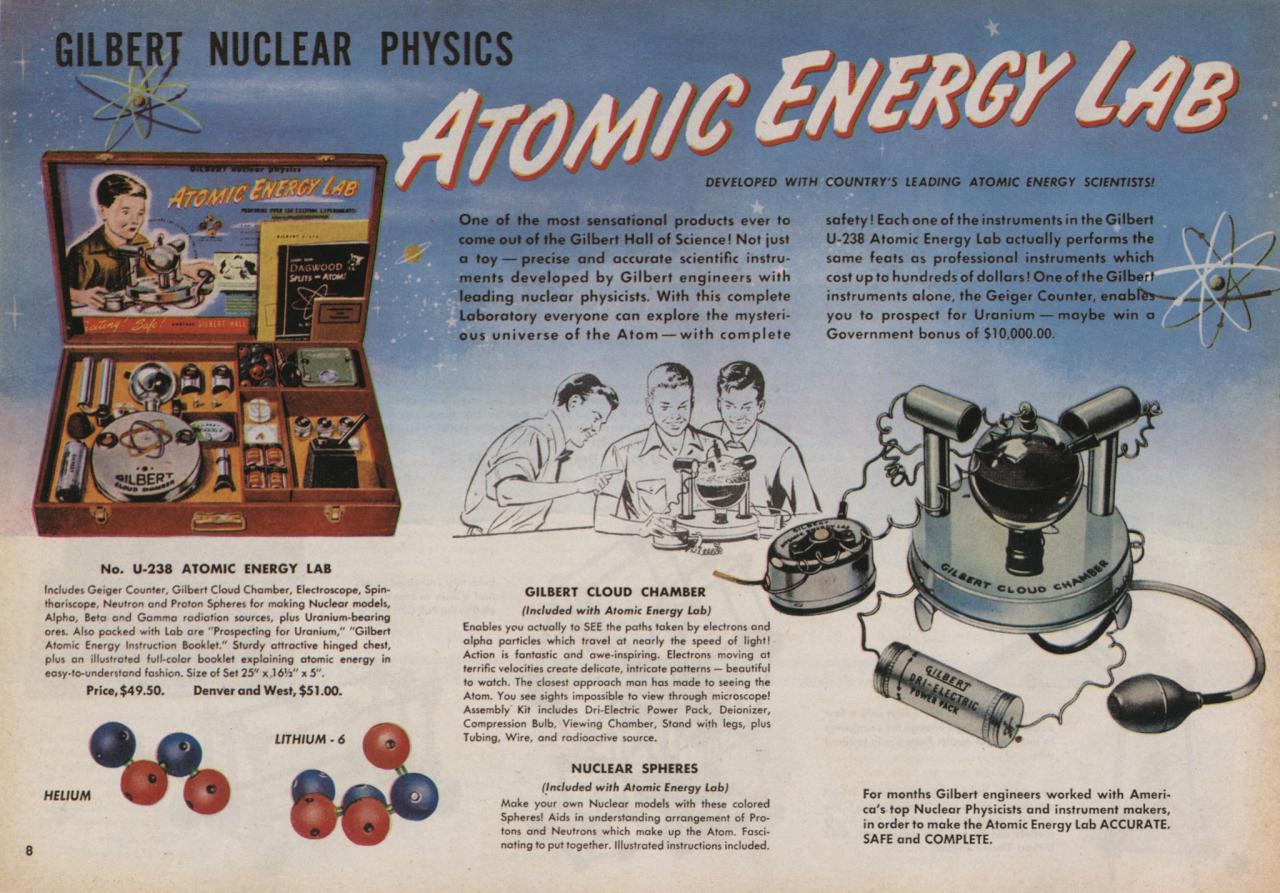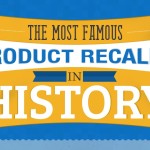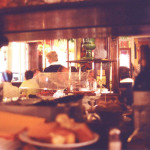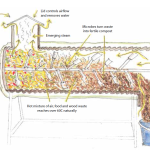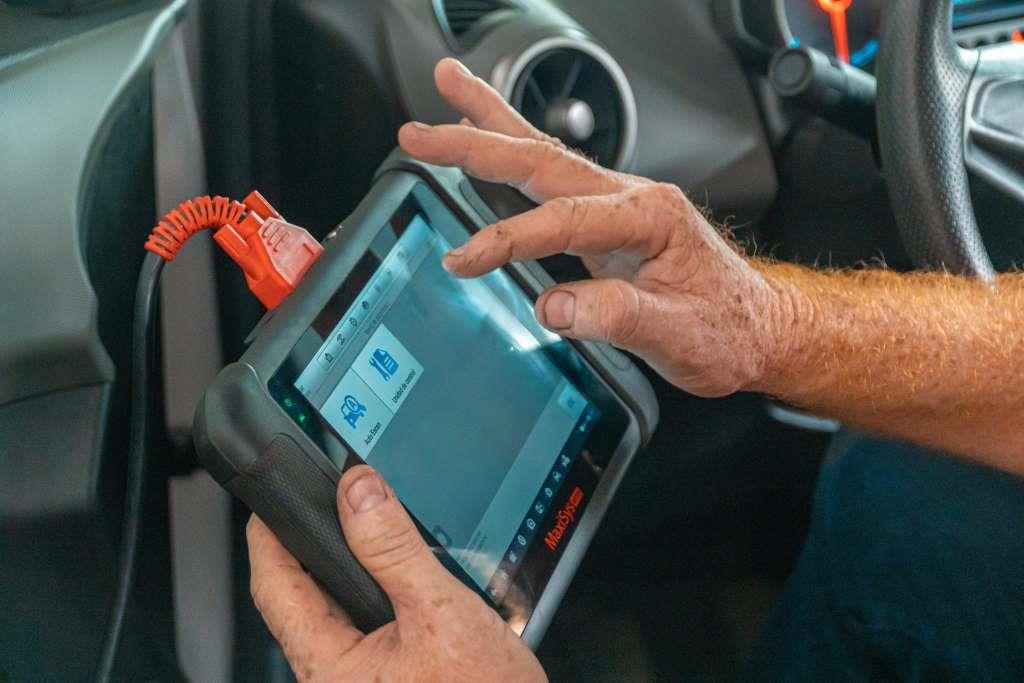It takes 20 years to build a reputation and five minutes to ruin it. If you think about that, you’ll do things differently. –Warren Buffet
When a customer purchases a product they have certain expectations, one of those being that the product will not hurt or harm them. For the most part, companies as a whole do a great job ensuring their products are safe for use or consumption. But on occasion, even the most reputable and trusted companies make mistakes. What follows here are a few of the worst and most defective products of all time that have injured, harmed, or killed. This should pose as a reminder that even though you may feel you know a company or product, not everyone can be trusted all the time. And as a warning to business owners, realize that after all of your hard work building trust, faith, and loyalty to your brand, a single defective product can overall ruin your brands image. Sometimes the harm done can even be irreparable.
Gilbert U-238 Atomic Energy Lab (1950)
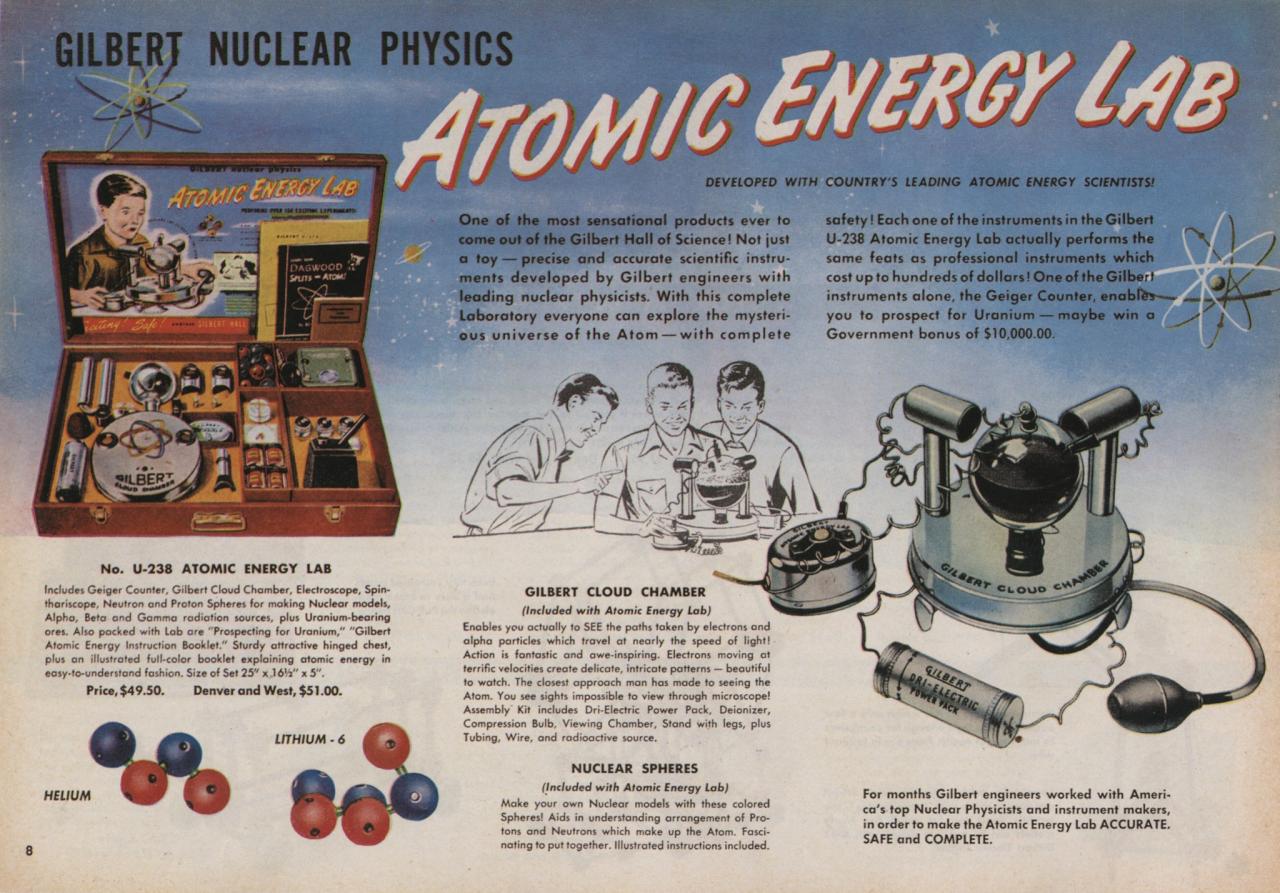
The Gilbert U-238 Atomic Energy Lab was touted as being the most elaborate Atomic Energy educational set ever produced, and in that claim they are likely correct. Sold from 1951-1952 and at a retail cost of $50, the set came with four types of uranium ore, an electroscope, a Geiger counter, a manual, and of course, a governmental manual “Prospecting for Uranium” with a marked $10,000 reward from the US Government for anyone who discovered deposits of Uranium Ore. This may have sounded like the bee-knees in the 1950s, but selling any radioactive “toy” should probably be heavily considered. The reasons being pretty self-explanatory in this case.
Ford Pinto (1978)
The Ford Pinto is perhaps the most infamous vehicle ever produced on American soil. Ask any person about a Ford Pinto and if they know anything at all it would be that they were death traps. The Pinto was produced as a low cost vehicle, and this not only showed in its aesthetic design, but its structural design as well. The reason the Pinto was so unsafe was simply because the fuel tank was placed behind the rear axle and was susceptible to exploding when in a rear-end collision. There is a rather famous Ford internal memo which stated it would be cheaper to deal with lawsuits arising from death and injury from accidents than to spend the extra $11 per vehicle to make sure their safe to drive. They clearly underestimated the size of the problem, and in 1978 the Pinto was recalled and Ford was forced to install plastic shields to protect the gas tank. This calculated cost of measuring lives to dollars has since remained, at least in public eye, as the heartless tactics used by big business. It left a long standing stain on Fords image and brand trust.
We found this interesting video from Alltime Conspiracies about the Ford Pinto story
Tylenol (1982)

In 1982, seven people died in Chicago after taking cyanide-laced Tylenol. The company after realizing what was occurring quickly recalled 31 million units that had a retail value of $100 million. The FBI began investigating and found that the poisoned bottles came from different factories yet the people who died were all located around Chicago. This led the FBI to believe that the culprit was tampering with packages at the store level and it was not being done at one of their factories.
Their quick action to ensure their customers were safe showed that they did in fact care more about people than dollars. However, in 2010 numerous complaints surfaced about consumers becoming nauseous after taking Tylenol, and the bottles having a rather musty odor. Contrary to their decisive and potentially lifesaving actions 3 decades earlier, it took them more than 20 months before they finally issued a recall of nearly 60 million units. No deaths were necessarily related to this incident, but numerous people became ill, and it showed that Tylenol was willing to risk selling a defective product as nothing too serious had occurred… yet at least.
Firestone Tires (2000)

Firestone nearly ruined any resemblance of customer trust in 2000 when some 200 deaths and 3,000 major injuries occurred due to catastrophic failure of their tires. The problem with the tires centered around tread separation, where the tires tread would rapidly fall apart until the tire essentially disintegrated. The problem was made worse as the tires were falling apart while vehicles were in motion which caused severe auto accidents. People don’t tend to check their tires all that often anyhow, and if you supposedly had “new tires”, there would be little reason to inspect them for some time. Those that did check however noticed the rapid wear and tear, but many of those that didn’t, found themselves in an unsuspecting situation when their tires blew out while going 60 mph on the highway.
E. Coli Spinach (2006)

Sadly, the E. Coli Spinach outbreak is also a personal tale. In 2006, 3 people died and a reported 205 people became infected after eating E. Coli contaminated spinach. Though, more people probably became sick from the E. Coli (such as myself) but was not aware of what it was at the time and didn’t actually report it when they found out. It’s said E. Coli is one of the most dangerous types of food poisoning, and I would arguably agree.
My story was simply eating a Spinach and Tuna sandwich from Subway one night. I fell asleep soon after only to awake 2 hours later feeling sick. I began vomiting which continued like clockwork for the next 10 hours straight. I was vomiting so violently that I actually threw out my back, though in the moment thought I had collapsed a lung as I then had a tremendously hard time breathing and especially taking deep breaths. After thinking I was going to die, quite literally, I decided to finally take my non-insured self to the ER where I was quickly treated and told I had been infected by E. Coli. It took a week to fully get over and my stomach is still sensitive to this day.
About two weeks after my incident, I visited the same Subway restaurant again only to find a sign hanging over their veggies, “We cannot serve spinach at this time due to the recent E. Coli outbreak.” Fortunately I was young and healthy at the time so I was able to fight it off well enough. But needless to say, I did not eat at another Subway for years and still don’t trust the food there when I do now. You can imagine the same hesitance and nervousness by consumers when stories of other defective products come out, and rightly so. Defective products can ruin lives and cause deaths. Which is why we as consumers should continually be skeptical, and as business owners need to be ever diligent and cautious that the products being sold are safe.







